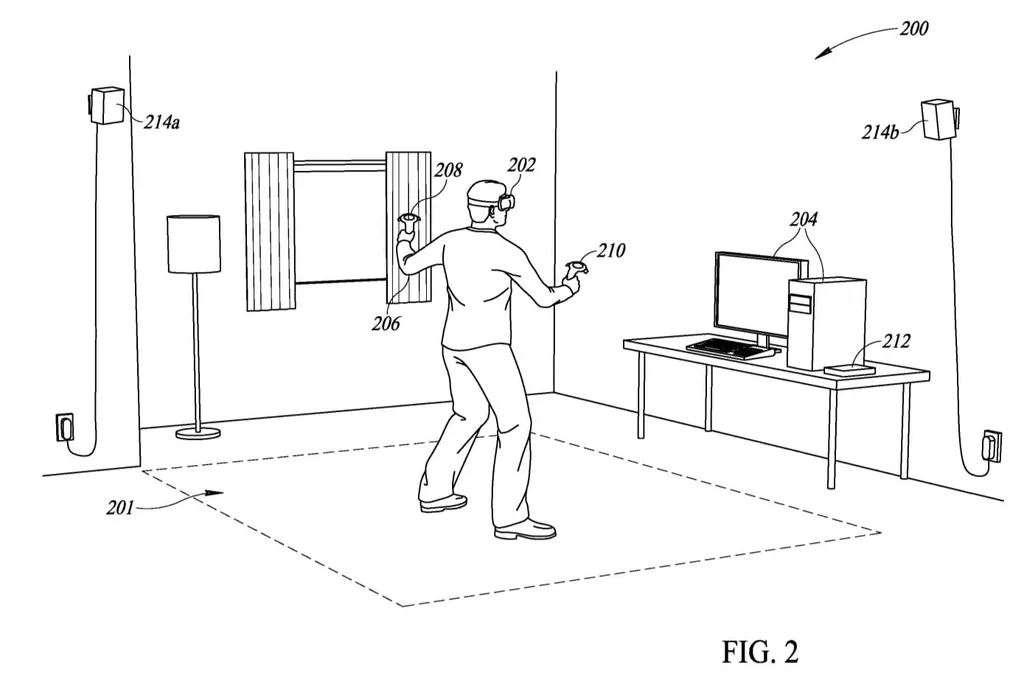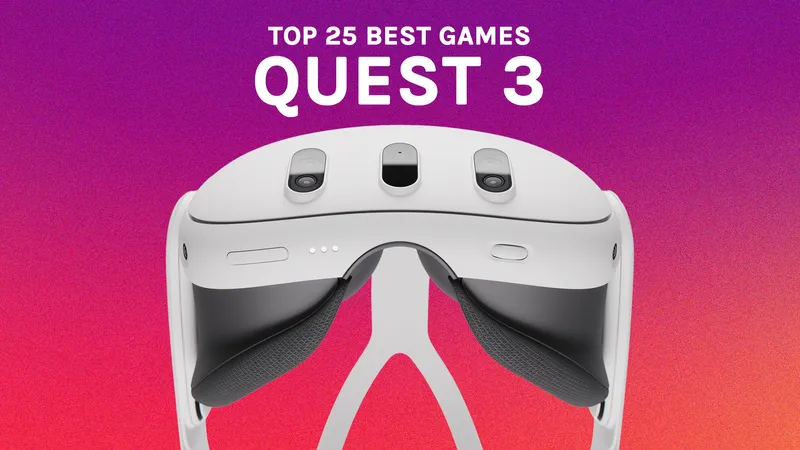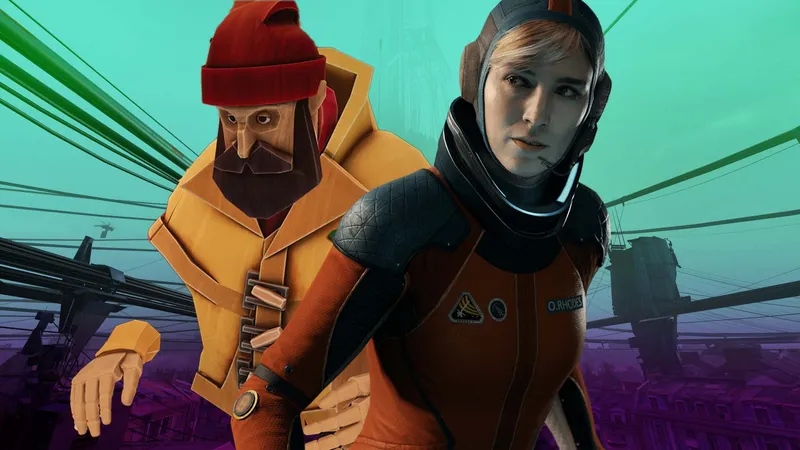A new patent application filed by Valve last year but published today details a wireless VR system.
“In at least some implementations, a wireless data transport system is provided that includes an electrically steerable antenna, such as a phased-array antenna, that is operative to selectively steer its beam based on electronic control input,” the patent application’s description reads.
“The wireless data transport system may include a tracking subsystem that is operative to track a mobile wireless device (e.g., HMD, tablet computer, smart phone) as the mobile wireless device moves around in a tracked volume. Advantageously, the wireless data transport system utilizes the known current or predicted future position and/or orientation of the mobile wireless device receiving the data (e.g., video data) from the tracking subsystem and compensates for movement of the mobile wireless device by selectively adjusting the beamforming pattern of the steerable antenna based at least in part on the tracking data received from the tracking subsystem.”
We confirmed recently that Valve continues to explore wireless VR possibilities but this patent application offers one of the most interesting looks yet into the ideas being explored by the maker of the Index headset and SteamVR Tracking system.
“Among other things, this feature allows the amount of buffering to be decreased, which decreases latency—a critical parameter in some applications such as VR applications where MTP is an important industry metric,” the application continues.
“Further, in at least some implementations, tracking data from other objects, such as one or more hand-held controllers, may also be used to detect when a user’s hands are moving in a direction that may occlude the receiver antenna of the mobile wireless device. It has been found that even partial occlusion by a user’s hand, for example, can cause significant data loss without relying heavily on buffering, interleaving, or forward error correction.”
Earlier in the month a behind-the-scenes look at the making of Half-Life: Alyx confirmed that Valve’s hardware team is working on “what’s next”. The company’s Jeremy Selan himself noted the Index was already “two years old technology” at this point. In our interview following Alyx’s launch, Valve’s Greg Coomber also suggested that the game’s ending could have some implications for the future of the company’s hardware.
We’re still digging into the patent application and will update this post as we dissect more information about it.



























